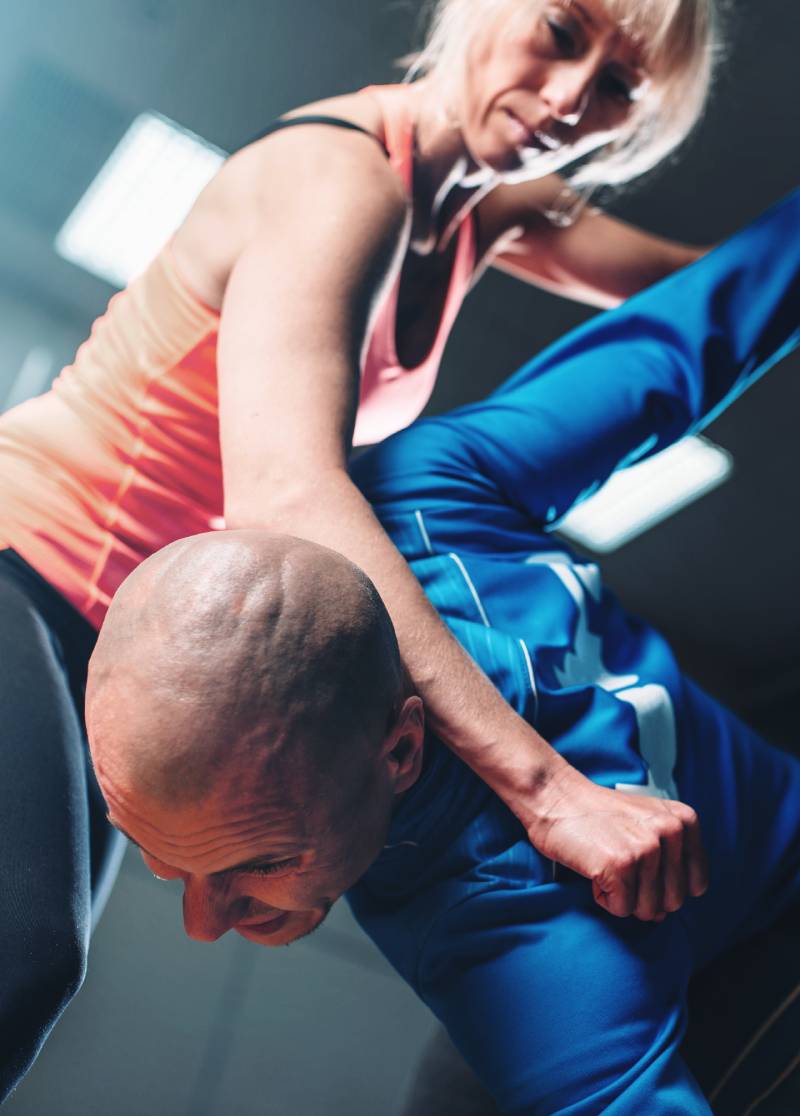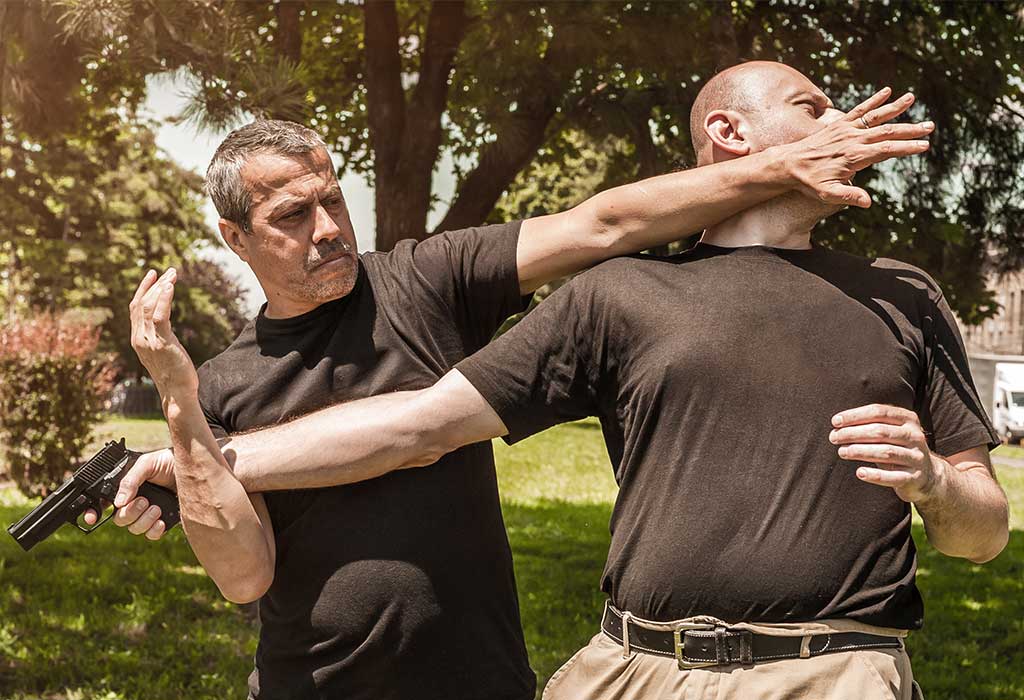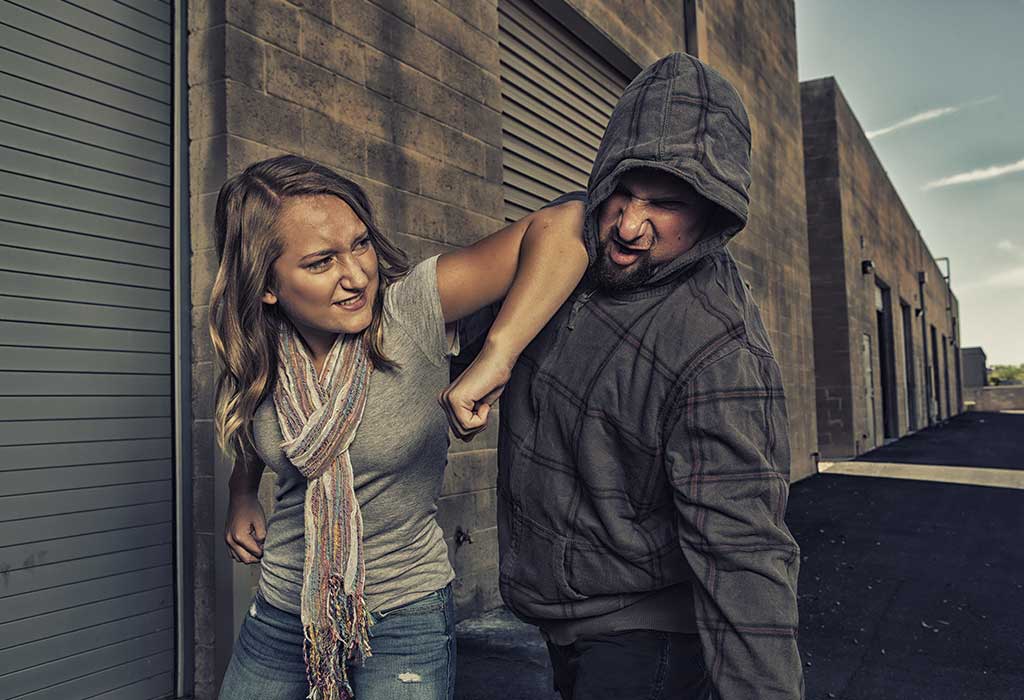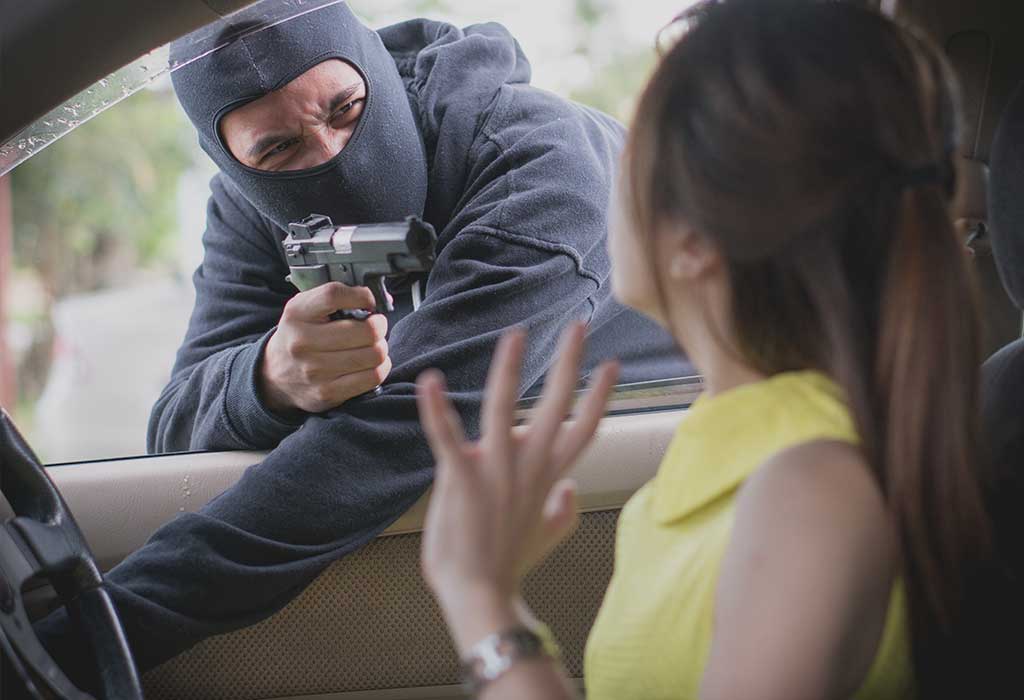
What is Krav Maga?
Krav Maga is the official hand-to-hand combat system of the Israeli military. As Israelis deal with constant imminent threats across their military and civilian populations, they require a system that is instinctive, efficient, and easily trained. The effectiveness of Krav Maga is so well known it has become the most searched martial arts industry term on Google.
Krav Maga is not a combat sport with rules. It is not a traditional martial art with set forms that often have little connection with reality. What Krav Maga founder, Imi Lichtenfeld, did was to successfully extract simple empty hand and weapon defense principles and tools from Western boxing, karate, judo, and aikido and combine them into a system of self-defense that can effectively be used by everyday people…not just big, young, fast, or strong individuals.
The Aim of Krav Maga
- To educate and build people mentally, spiritually and physically, so that in a time of need one will be able to defend and attack with maximum speed and efficiency.
- To establish in one a sense of self worth.
- To work toward the bringing together of hearts and ending violence around the world, between all peoples, irrespective of color, race or religion.
May, 1910 – January, 1998
Core Principles
Flashy fighting techniques requiring fine-motor skills are usually lost in stressful violent situations. Krav Maga focuses on easy-to-remember, and simple-to-execute, principles in its flexible and customized curriculum.
- Using Leverage
- Closing the Distance
- Moving Off the Line
- Simultaneous Defense and Offense
- Taking a Position of Control
- Attacking Soft Targets
- Using Common Weapons of Convenience
Skills & Scenarios




Our self-defense programs are broken down into multiple modules. Each module is designed to address a real-life situation that our students might face. We then empower them with the right strategies and principles to establish a path to safety. Throughout each module, our students will perform various footwork and striking drills, as well as all physical requirements needed to defeat an attacker.
Our sole mission to ensure that regardless of age, ability, or injury, all solutions created are customized to ensure the greatest chance of success.
- Abduction Defenses (Open Handed)
- Active Shooter Protocols
- Airport/Travel-based Defenses
- Carjacking/Parking Lot Defenses
- Control and Containment for Institutional:
Government, Academic, Medical or Security Personnel - Defending a Third Party (VIP or Family member)
- Ground Attack Survival
- Sexual Assault Defenses
- Weapons of Convenience
- Weapon Survival
Be S.A.F.E. Not Sorry
We believe that when a person “Feels Safe”, they can “Live Free.” That’s why our training emphasizes the concept of being S.A.F.E.
While in a violent encounter you are ultimately responsible for being your own protector, you are not alone in how you prepare for one. It takes a village…and our team is standing behind you to help build your skills and confidence to remain safe.
